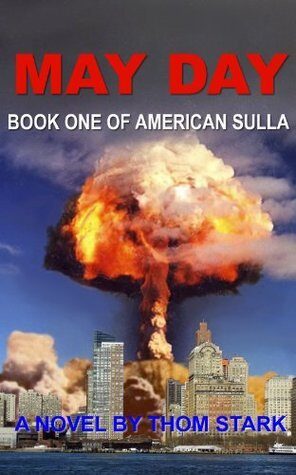
Main Characters and Conflict
May Day by F. Scott Fitzgerald presents a story set in the post-World War I era, focusing on a diverse cast of characters whose lives intersect during a chaotic and revelrous night in New York City. The primary characters include Philip Dean, an Ivy League graduate who represents the affluent elite; Gordon Sterrett, a former soldier and struggling artist who faces financial and emotional despair; and Edith Bradin, a socialite torn between her attraction to Dean and her sympathy for Sterrett. The central conflict revolves around Sterrett’s downward spiral as he grapples with the disillusionment and hopelessness of post-war life. His desperation is exacerbated by his interactions with his former lover, Jewel Hudson, who manipulates him for money, and his encounter with the wealthy Dean, who epitomizes the indifference of the privileged class. The story explores themes of class disparity, the impact of war, and the inevitable decline of the American Dream.
Important Events
The novel unfolds during a single night, beginning with a lavish party attended by the city’s elite and the events that spiral out of control as the night progresses. One of the significant events is the confrontation between Sterrett and Dean, where Sterrett, in desperate need of money, unsuccessfully seeks help from his affluent friend. This interaction highlights the widening gap between the wealthy and the destitute, a recurring theme in Fitzgerald’s work. Another pivotal moment occurs when Sterrett’s frustration and hopelessness culminate in a violent altercation at a bar, leading to his eventual arrest. Meanwhile, the story also follows a group of Yale students, whose night of revelry turns into chaos as they clash with a group of soldiers, further symbolizing the societal tensions of the time. The narrative concludes with a sense of despair and disillusionment, as the characters are left to face the consequences of their actions and the harsh realities of their world. Through these events, May Day paints a vivid picture of a society in turmoil, reflecting the broader anxieties of the post-war generation.

